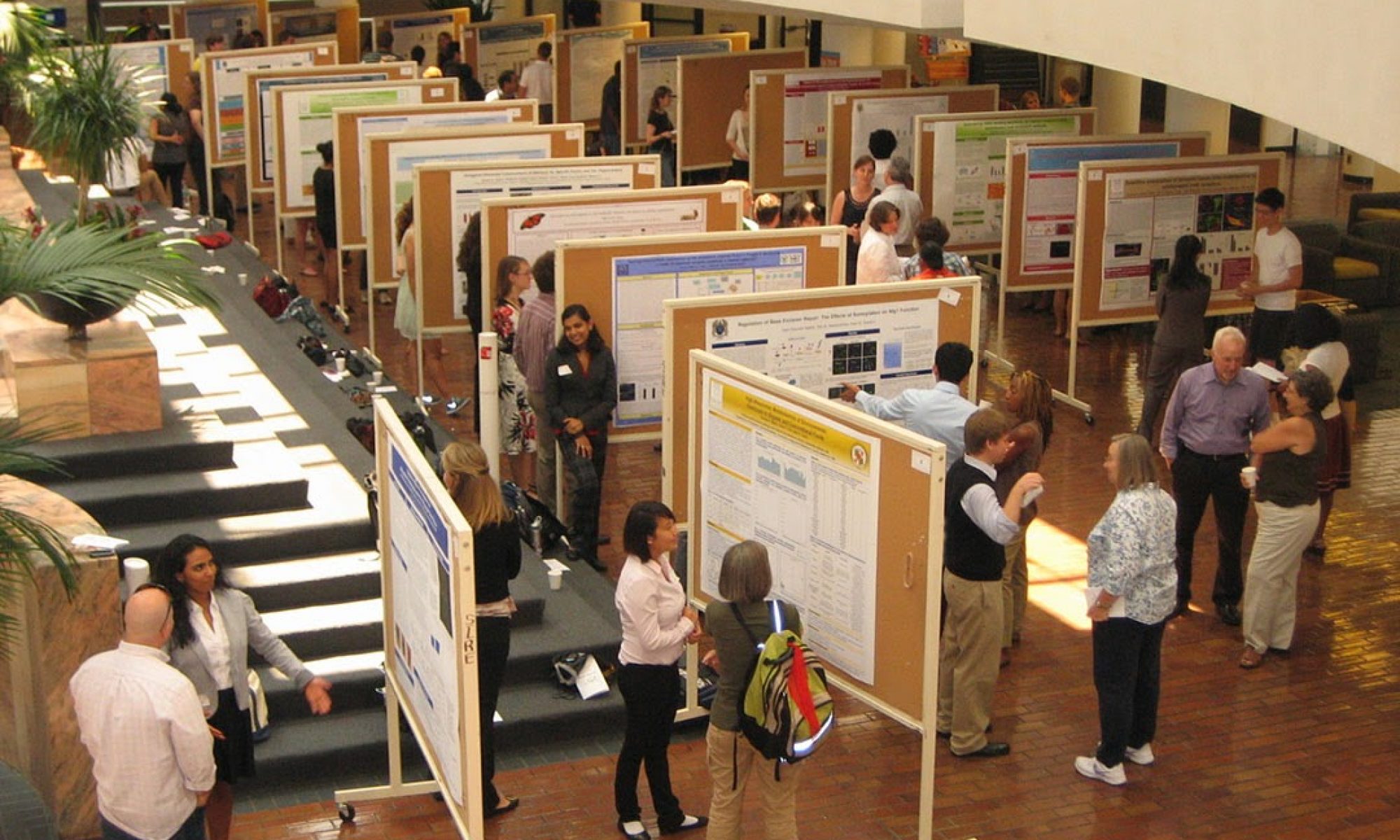About Me
My name is Camille Steger, and I’m a fourth year studying Quantitative Science with a concentration in Neurobiology at Emory College. Upon graduating, I plan to attend medical school.
Lab History
I’ve been working with Dr. Kelly Bijanki, a faculty member in the psychiatry department of the medical school for two years now. Her research focus is in the effects of clinical deep brain stimulation. She works in two different labs as the neuroimaging specialist- the first is Dr. Willie’s Behavioral Neuromodulation lab; Dr. Willie is a neurosurgeon who works in the Epilepsy clinic at the Emory hospital. Long story short: depth electrodes have to be implanted into the brains of patients with serious epilepsy so doctors can locate the seizure focal region- the part of the brain producing the seizures. Although these electrodes are present as a means to help the patients, they also provide an opportunity for clinical research. In Dr. Willie’s lab, Dr. Bijanki and other researchers have developed paradigms to explore the effects of electrical stimulation on different brain regions that have applications in many different fields, including memory and emotional reactivity, extinction learning and fear, cataplexy, and recently, even in mirth and analgesia.
When I first started working with Dr. Bijanki, my role was mainly to analyze and preprocess autonomics data from an experiment that we call the Startle Paradigm. In this paradigm, we had patients listen to a series of loud white noise bursts while tracking their autonomic responses- heart rate, respiration rate, and skin conductance (sweatiness of the palms)- with and without electrical stimulation to the amygdala, which is a part of the brain known to be involved in emotion, and specifically fear. However, after the analysis of the bulk of this data, we found that there was little to no effect caused by the stimulation using this paradigm. It has since evolved into a more complex amygdala study called the Fear Extinction Paradigm. This is a project that is still in the works, so I’m not going to divulge any specifics other than its purpose is to show that amygdala stimulation can play a role in a heightened ability to unlearn a fearful stimulus – which has major applications in PTSD.
The second lab that Dr. Bijanki works in is called the Mayberg lab. They are also in the psychiatry department at Emory’s medical school; however, their focus is a little different: depression. In the Mayberg lab, electrodes are surgically implanted into the cingulum bundle of patients with serious, long-term depression. The cingulum is a white matter tract in the medial part of the cerebrum, located immediately above the corpus callosum. Stimulation to the cingulum has been shown to significantly improve symptoms for patients suffering from clinical depression.
A major problem in psychiatry, and therefore, in determining the effects of deep brain stimulation, is how to quantify a patient’s subjective attitudes, like how depressed they’re feeling, for example. Direct measures, such as surveys, are the most commonly used way to quantify attitudes in psychology, but there is debate over whether direct measures can be trusted due to the social bias that accompanies them. This makes indirect ways of quantifying attitude a more appealing option, but how can something as subjective as mood be measured without explicitly asking a patient?
During her post-doc at Iowa, Dr. Bijanki helped develop an indirect measure method called affective bias. Affective bias is a method used to quantify a patients’ overall mood, and has been shown to significantly correlate to depression rating. During affective bias, a patient looks at a block of sad faces, and rates each one of a scale of 0 to 100. Each face mathematically mirrors an exact percentage of sad to neutral, meaning each face has an expected value for its rating. The same is done for happy faces. Patients with depression have been shown to rate faces in the sad block at a lower value (even sadder) than their expected value. This is one of the ways the Mayberg lab quantifies their patients’ depression.
My Current Project
During experimentation on one of the patients in Dr. Willie’s lab, who happened to have electrodes in her cingulum bundle (the same region the Mayberg lab uses), stimulation to this brain region elicited a significant mirth response. This has prompted a greater interest in the affects of stimulation to this area, and my project seeks to quantify the behavioral effects of stimulating this region of the brain. How can we scientifically prove that stimulation to a brain region produces a feeling and manifestation of mirth in our patients?
For my project, I will be helping to analyze the patients’ changes in facial movements during the affective bias task in an attempt to quantify behavioral responses during stimulation. The affective bias task is used on patients in both Dr. Willie’s lab and in the Mayberg lab and video recordings of all testing is kept by both labs, which gives us a huge amount of data to analyze. Sahar, a graduate student in the Mayberg lab, has already written a script in matlab that takes these videos and analyzes block by block changes in the patient’s facial movements. Her script produces a similarity matrix of values between 0 and 1 that quantifies differences and similarities in the patient’s facial movements in each of the blocks. My role will be to assist with the interpretation of the data, as well as guide the production of the final figure that will capture our findings. Furthermore, we hope to use the findings to inform our knowledge of the minor differences in the placement of electrodes within the cingulum bundle.
Recent Updates
At the latest meeting with Dr. Bijanki, we discussed one of my first assignments for the project. Although we have already begun our analysis on the facial movements in one patient in Dr. Willie’s lab, there will be some down time before we will be able to collaborate with Sahar and other members in the Mayberg lab and begin the bulk of the analysis on the project. In the meantime, Dr. Bijanki and I discussed my role in processing the huge amount of affective bias data from the Mayberg lab. The affective bias task produces a matlab file containing a matrix of data: each row representing the face that the patient was shown, and a series of columns containing the information about the face and the patient’s rating of that face. My goal is to write a script in matlab, R, or python that is able to compile these matlab matrices into a single database that can be used by Dr. Bijanki and the other researchers to analyze the data more quickly.
As another side project, she asked me to begin reading through past research relating to a psychological phenomena called facial feedback hypothesis. Facial feedback hypothesis states facial movement influences emotional experience. This ties into my project because the videos we will be analyzing not only seek to quantify the effect of stimulation, but also the effect of looking at a happy or sad face during the affective bias task. If we take the facial feedback theory into account, we would expect a patient’s face to mimic the face they are looking at during the task in an attempt to internalize and understand the emotion of the face they are being shown. The background reading I plan to do on this topic will shape the presentation of our findings when introducing our research during talks or even in articles.
![]()

